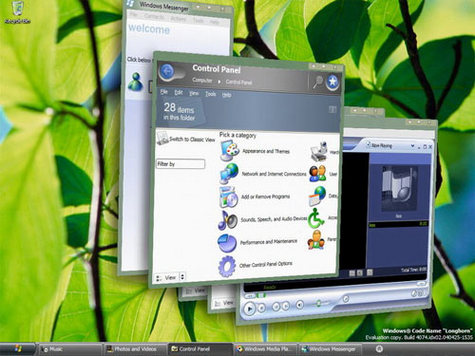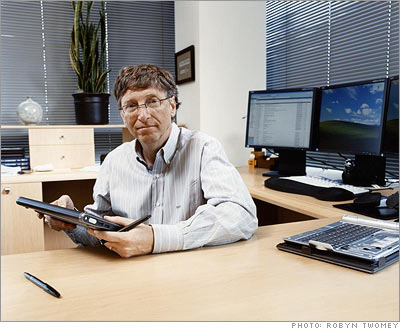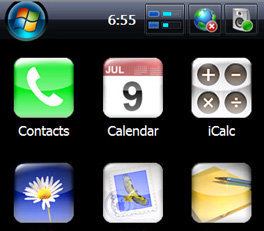
In New York, they hired acrobats to display the Windows logo, In Australia, they had skywriters grab attention, while in Agra they had dancers perform in front of the Taj Mahal, and all this to try and get PC users the world over take notice of its latest offerings — Windows Vista and 2007 Office System. Redmond-based software maker Microsoft launched its latest version of Windows, called Vista, on Tuesday, ending one of the most challenging periods in its corporate history.
Says Microsoft India MD Neelam Dhawan: "We are expecting 1,500 outlets to sell Vista and train 1,800 resellers for Vista. The enterprise edition of the OS that was launched in November last year already has 885,000 users till the last count, in addition to 150,000 developers working on the Vista platform."
The company launched Vista for business users two months ago. Now Vista has been released to consumers, who can buy four home versions, namely Vista Starter, being the basic to Vista Ultimate, the high-end one. At the same time, its 2007 Office comes in two versions — Home and Student and Basic.
It is the world's largest software producer's first significant launch in the last six years after Windows XP in 2001. Microsoft had previously delayed the launch of its new OS, originally due in the second half of 2006 to 2007. Says Microsoft India chairman Ravi Venkatesan: "In the meantime, Microsoft also came up with Service Pack 2 for XP, which is as good as an OS itself.
In addition, efforts to improve security and building user interface from ground level took a long time for the launch of Vista." The OS required Microsoft to invest nearly $6 billion. However, upgrades from the existing OS to Vista still remain a concern for the software maker.
While Microsoft has pledged to continue support for XP users until 2011. But because only about 15% of existing computers have memory and graphics cards powerful enough to run premium versions of Vista, most users will have to buy a whole new computer if they want to upgrade.
Says Doug Hauger, COO, Microsoft India, "PCs which have been in the market for the last 3 years may be capable to run Vista but may not get all effects which the OS offers." Microsoft simultaneously rolled out its two flagship products in over 30 countries. The new operating system boasts an improved interface and security tools. Vista marks a complete overhaul of its previous OS - Windows XP.
The new OS boasts an improved interface and networking tools. Microsoft has also given the program a new design, with a glossy look. The new OS offers new elements like an aero glass (hardware based graphical user interface), more search options, new sound and networking technologies. Says Mr Hauger, "The Vista experience is not just limited to the PC, the OS also allows for interaction with HDTV and IPTV."
But not all PCs will be able to run Vista - Microsoft recommends machines have at least 512Mb of RAM, a 800Mhz processor, 15Gb of hard disk space and graphics processor that is DirectX 9 capable. The company now has plans to launch a new mobile OS to interact with Vista.
While prices for Vista home basic is the same as compared to XP Home Edition, Genuine Vista loaded PCs in India will retail at prices starting from Rs 22,000. The pricing for the Office consumer editions will start at Rs 6,000.








 Today I was reading about new software updates and found this interesting story by Bill Gates. How The Richest Man of this planet,Bill Gates Works ?
Today I was reading about new software updates and found this interesting story by Bill Gates. How The Richest Man of this planet,Bill Gates Works ?


 "Creative designers" have created iPhone skins for Palm Treo and other smartphones that anyone can download from the web to make their phone look like the iPhone.
"Creative designers" have created iPhone skins for Palm Treo and other smartphones that anyone can download from the web to make their phone look like the iPhone.
